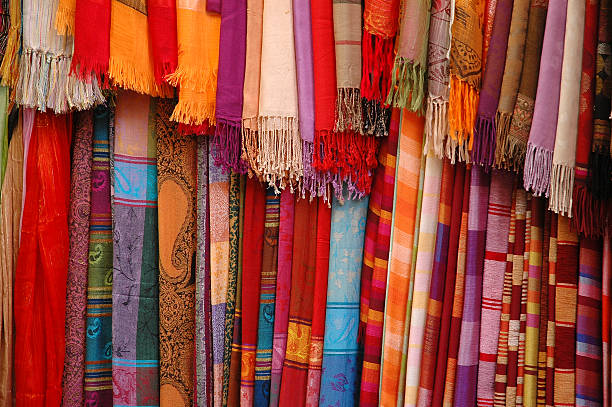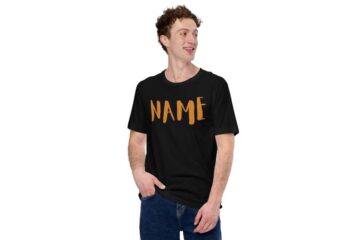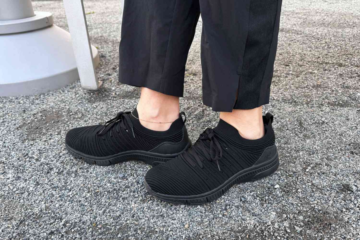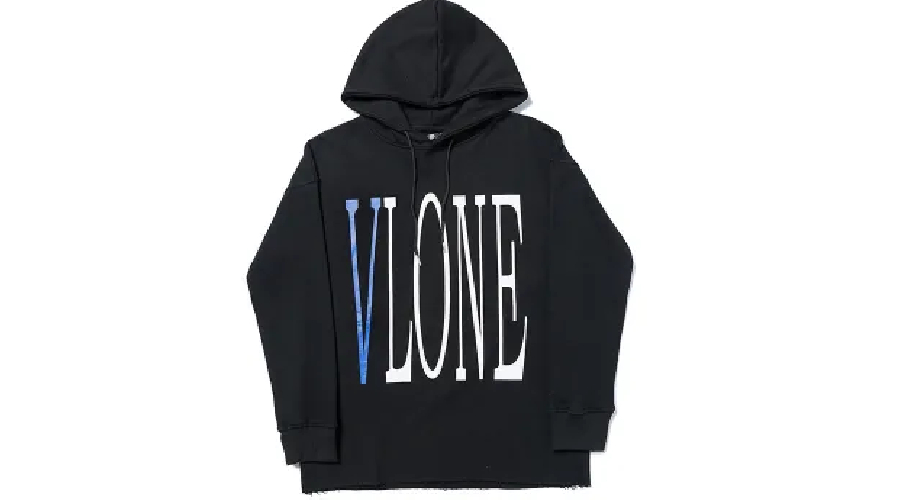Introduction to Modern Fabrics
Modern fabrics have revolutionized the textile industry, offering a range of innovative materials that enhance functionality and fashion. These advanced textiles include synthetic fibers like polyester and nylon and natural fibers enhanced through technological processes. The potential for apparel and home textiles has increased with the introduction of intelligent fabrics, which can react to environmental cues like wetness and temperature. Sustainability is another significant concern, as eco-friendly materials like recycled fibers and organic cotton have become increasingly popular.
For those looking to explore the latest in fabric technology, numerous fabric suppliers now offer a wide selection of these modern materials. The options are vast and varied, from high-performance athletic wear to luxurious, sustainable fashion. By partnering with reputable suppliers, designers and manufacturers can ensure they have access to the highest quality fabrics that meet their specific needs.
Advantages of Synthetic Fabrics
Synthetic fabrics offer numerous advantages, including durability, elasticity, and ease of care. According to recent studies, synthetic materials are also significantly reducing the cost of production in the textile industry. This cost efficiency allows manufacturers to produce high-quality garments at lower prices, making them more accessible to a broader audience.
One of the most compelling benefits of synthetic fabrics is their durability. In contrast to natural fibers, synthetic materials are designed to endure abrasion, making them perfect for high-wear items like sportswear and outdoor gear. Their resilience ensures these items maintain functionality and appearance even after prolonged use. Another significant advantage is their elasticity. Materials such as spandex can stretch up to eight times their original size, providing unparalleled comfort and flexibility. This elasticity makes synthetic fabrics perfect for activewear, enabling a range of movement without compromising comfort.
Technological Advances in Textiles
Innovations like nanotechnology and intelligent fabrics are transforming the textile world. For instance, incorporating nanomaterials into fabrics can give them unique properties like stain resistance, water repellency, and even antibacterial features. These advances are not just gimmicks; they offer real-world benefits that enhance the utility and lifespan of the fabrics. For example, antibacterial fabrics can significantly reduce odor in workout clothes, making them more pleasant to wear and easier to maintain.
Take, for instance, intelligent textiles that can monitor vital signs. These fabrics are embedded with sensors that track a person’s heart rate, body temperature, and other vital statistics. This technology is particularly beneficial for healthcare providers, enabling continuous monitoring of patients without the need for bulky equipment. Imagine a hospital gown that can relay a patient’s health metrics to a medical team’s dashboard, allowing for real-time updates and quicker interventions if needed. Such innovations are setting new standards in healthcare and personal wellness.
Eco-Friendly Fabric Options
To minimize its ecological footprint, the textile industry embraces eco-friendly fabric options, such as organic cotton, bamboo, and recycled polyester. Organic cotton is better for the environment and skin when grown without toxic chemicals and pesticides. Bamboo fabrics are known for their softness and biodegradability, while recycled polyester, made from post-consumer plastic waste, reduces landfill waste and minimizes textile production’s environmental impact. By providing a sustainable substitute for conventional materials, these materials guarantee healthy soil and pure water sources. By selecting these materials, customers may contribute to creating a more sustainable future without sacrificing elegance or quality.
Applications and Uses
Modern fabrics are versatile and essential in various industries, including sportswear, home furnishings, and space exploration. They offer functionality and aesthetic appeal, with moisture-wicking fabrics providing comfort during intense activities. Antibacterial fabrics are used in medical gowns and drapes to reduce infection risks and provide high protection against contaminants. High-performance fabrics create stylish, comfortable, and long-lasting garments in the fashion industry. In space exploration, specialized fabrics create spacesuits that withstand extreme temperatures and radiation, providing astronauts with the necessary protection and flexibility. These diverse applications underscore the importance of modern fabrics in various aspects of our lives.
The Role of Fabrics in Fashion
High-performance fabrics are gaining popularity in fashion due to their ability to enhance design, comfort, and functionality. Designers use various materials with unique characteristics, such as moisture-wicking for athletic wear and breathable for summer clothing. These materials wick moisture from the skin to keep it dry and comfortable while exercising. In hot temperatures, breathable textiles help the body stay cool by allowing air to move freely. These advanced materials have allowed designers to create functional and fashionable garments, enhancing the wearing experience and extending the garments’ lifespan. As the fashion industry evolves, the role of innovative fabrics will become more significant.
Future Trends in Textiles
Thanks to ongoing research and innovations, the future of textiles looks promising. We can expect more advanced, sustainable, and functional textiles to emerge, pushing the boundaries of what fabrics can do. Innovations like smart textiles that can monitor health metrics are just the beginning. These advancements are set to redefine how we interact with the fabrics that surround us, offering enhanced experiences in both personal and professional settings.
Technology integration into fabrics will continue to advance, leading to the development of materials that can adapt to environmental conditions. Consider a shirt that can change color at the push of a button or a jacket that adapts its warmth to the outside conditions. These are not far-fetched ideas but potential realities that could redefine our relationship with textiles. With the growing focus on sustainability, future textiles will likely be designed with recyclability, ensuring they can be repurposed at the end of their lifecycle. Such innovations represent a future where textiles are not just passive materials but active participants in our daily lives, contributing to our comfort, health, and well-being.
Keep an eye for more news & updates on TribunExpress.Com!




